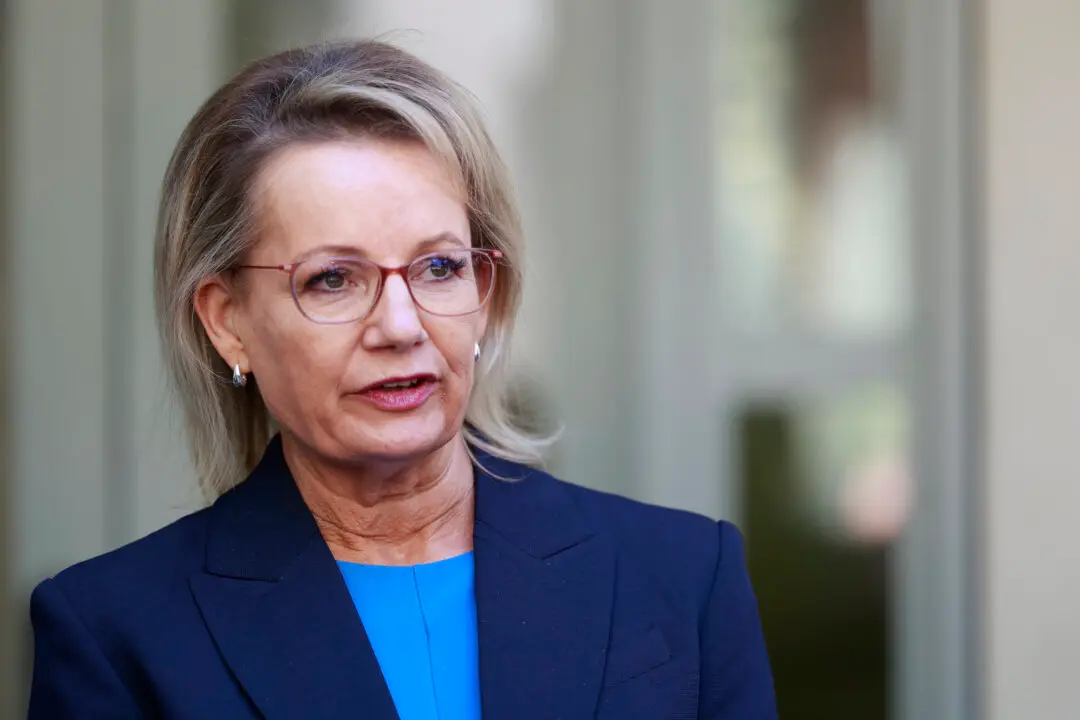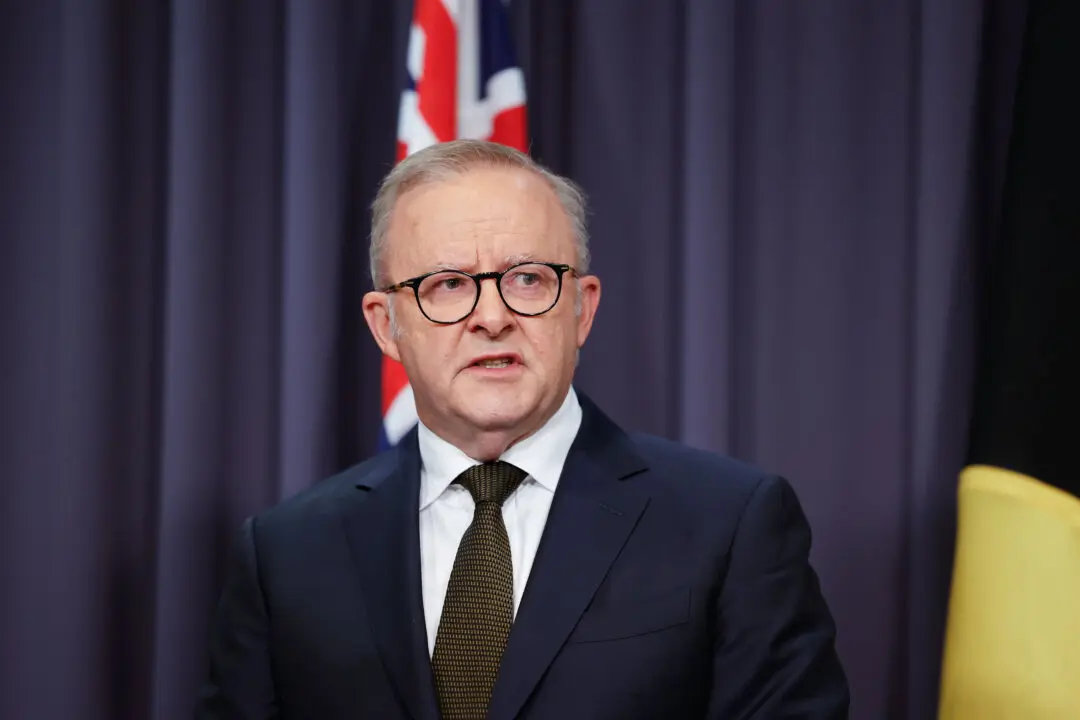The standard of living for Australians has fallen by over 9 percent since Labor came to power, Shadow Treasurer Angus Taylor said as he expressed his disappointment over the low GDP numbers.
It comes after data revealed that the Australian economy grew by a paltry 0.2 percent for the June quarter, marking its worst performance since the 1991 recession.





